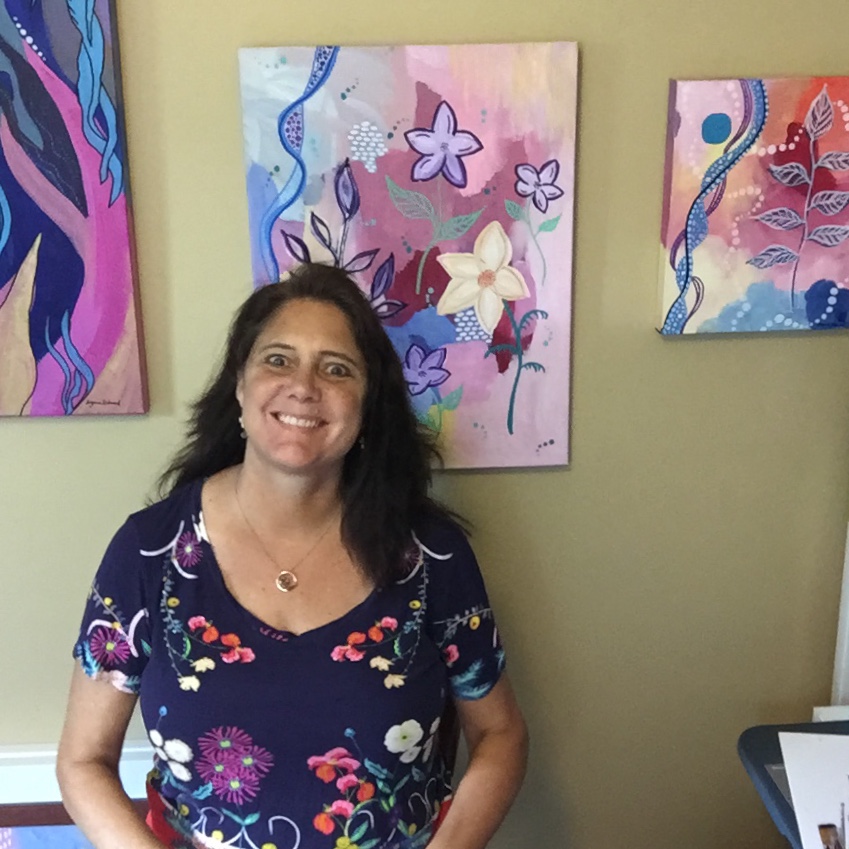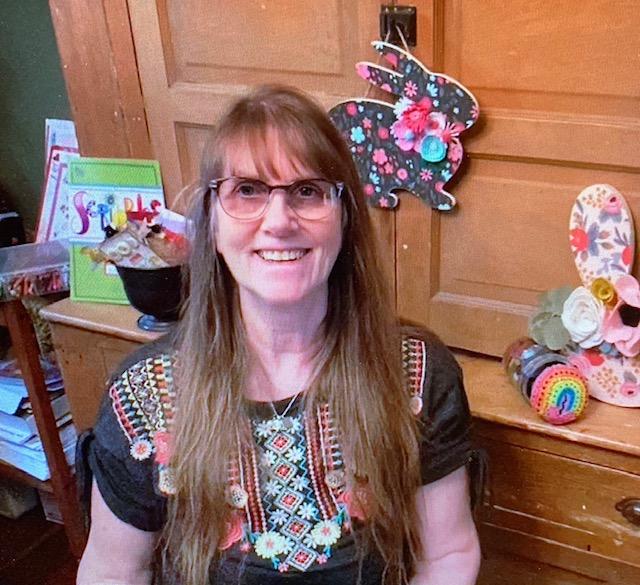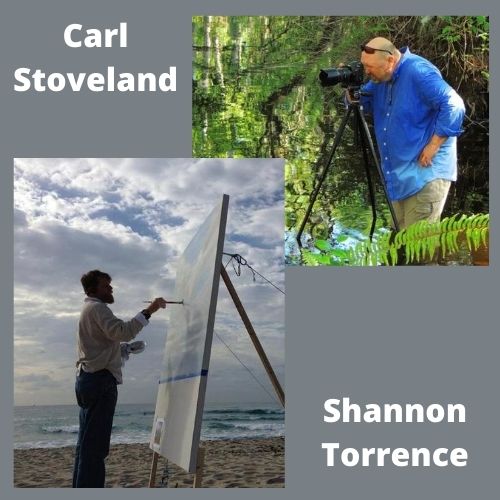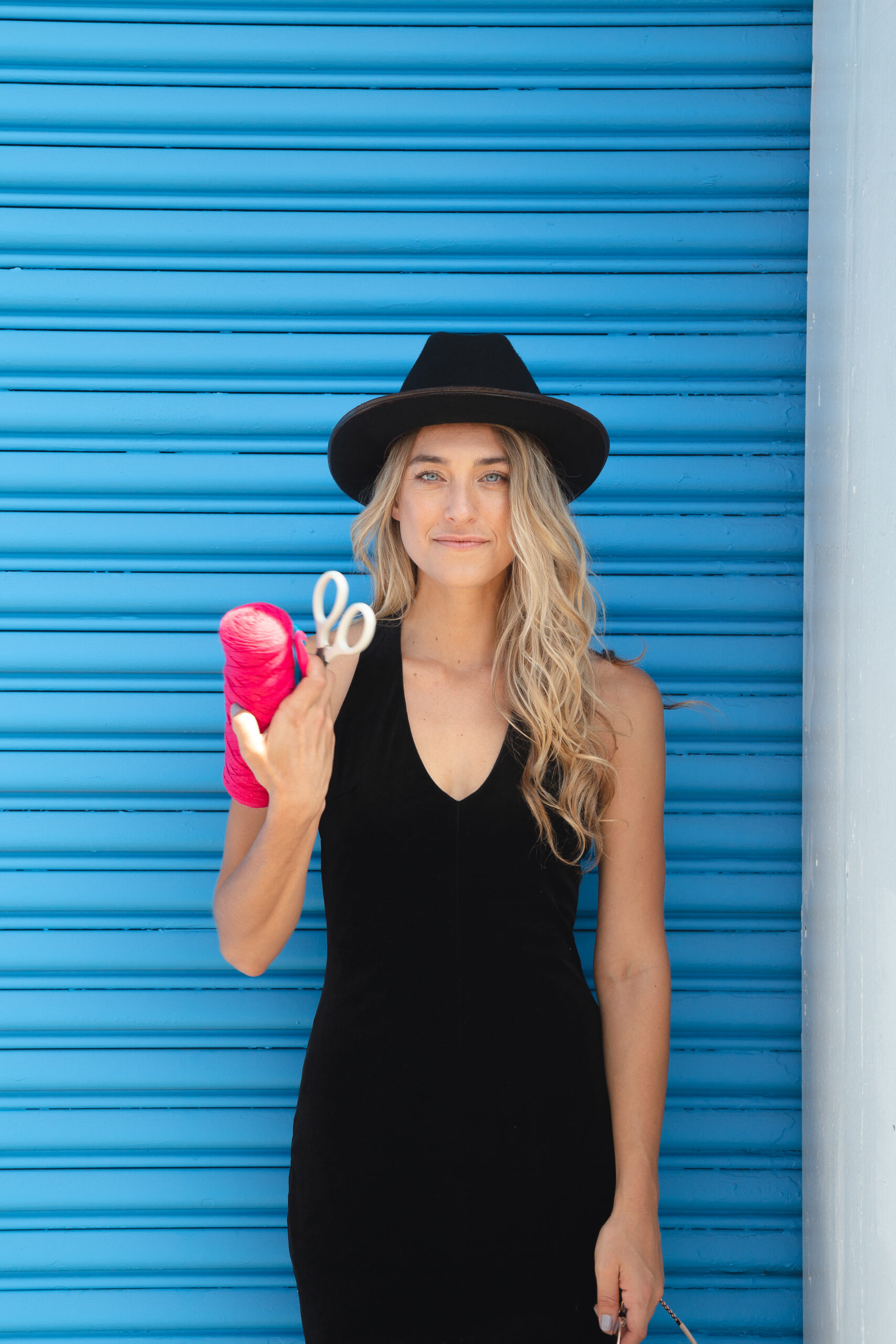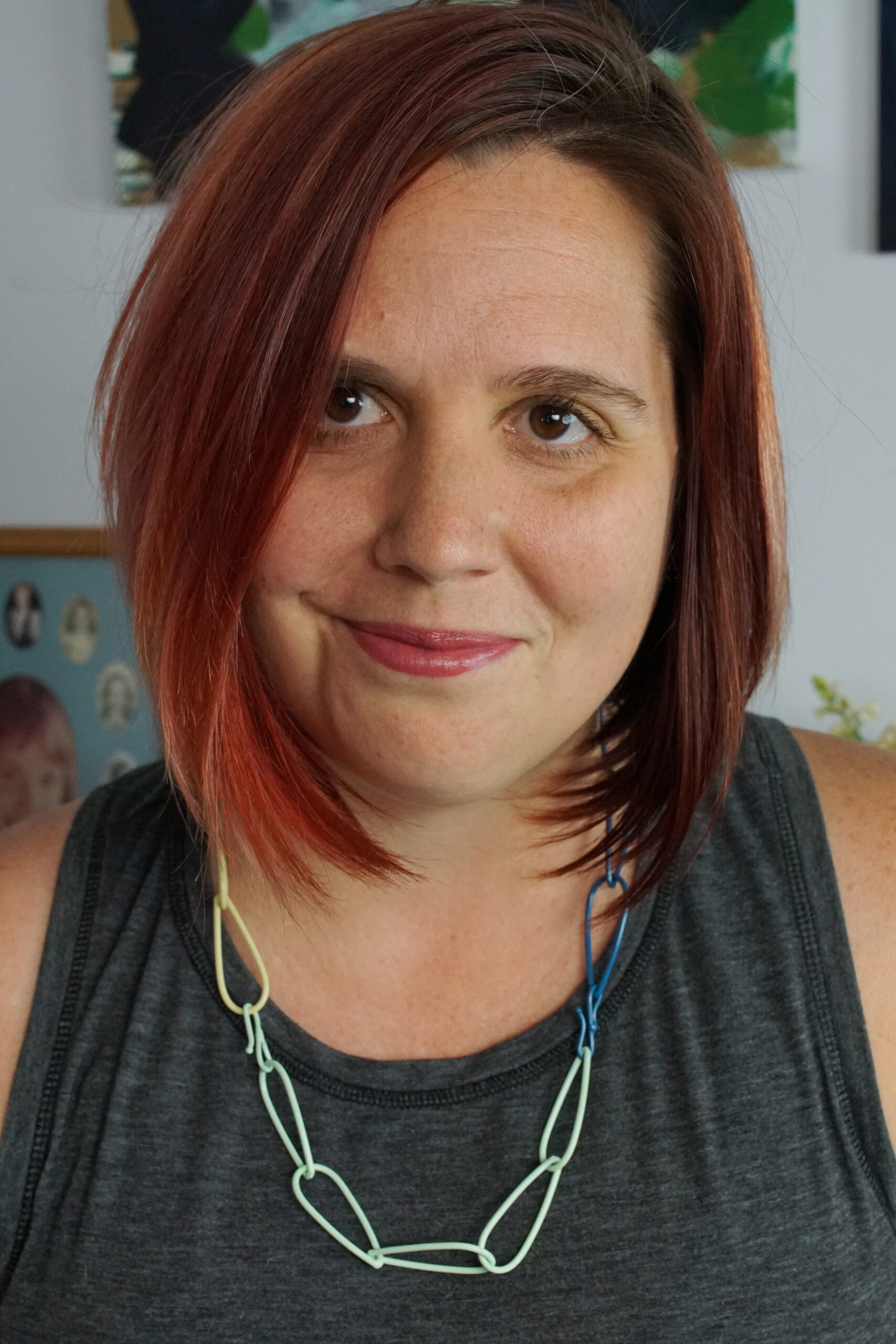Artist Lindsay Ostrom started her art career as a retail shop owner who specialized in craft supplies like paper and rubber stamps. As the art trends changed, so did she, and she evolved into a scrapbooker and a lettering artist. Just since the pandemic began, she has brought her artwork to a large Facebook community, and she creates art with them every morning. She’s published many books and has quite a few online lettering art classes. Listen here or download from iTunes, Spotify, Google Play Music, CastBox, or Stitcher. Lindsay Ostrom This is Lindsay's website: Lindsay Ostrom -- Creator of Cuteness. And her blog: lindsayostrom.blogspot.com This is her Etsy shop: the paper rabbit....Lindsay Ostrom. creator of by ThePaperRabbit Instagram: @lindsayannostrom You may also join her Facebook group, where she hosts daily art making get togethers, Creative Hand Lettering with Lindsay And this is her Facebook page, Lindsay Waltman-Ostrom. Lindsay was recently a guest instructor on Tracy Weinzapfel's 12-hour Art Party. You can find out when Tracy is hosting that again by going to her website yourartfuljourney.com or her Facebook page Art Journaling with Tracy Weinzapfel. Here are some great takeaways from our conversation: I think Lindsay is a prime example of “If you build it, they will come.” When the world first went on lockdown due to Covid-19, she went on her Lettering Facebook page, and just started doing art, every morning. Soon others joined her to see what she was doing. She has been showing up every day ever since, and so have a lot of other people who want to make art with her or just watch her make art. Consistency is key in this case, to growing an audience. For Lindsay, it’s important to have your own hand lettering in your art. It doesn’t need to be perfect, but it means so much more when it is your own. She suggests that you do a little bit of hand lettering every day and you will get better at it. For her classes, she teaches techniques but also provides sheets to download for practicing. Lindsay offers classes on Facebook that are done Live or later if you didn’t get to it Live. She also offers classes on her Etsy shop that you can do any time. Lindsay told us about a Facebook feature called Units and Files. These are great to use if you are offering a series of lessons within a class. The group of lessons can be called a Unit. Then people don’t have to search through your page for a certain lesson, they can just look up the Unit and see which Files are in that Unit. She has also taught through other artist’s sites. That’s a great way to get your name out to a whole new audience, because all of the hosts followers could potentially follow you now that they’ve heard of you through a class you’ve taught on their site. Lindsay has used a licensing agent before to get her artwork on products.…
